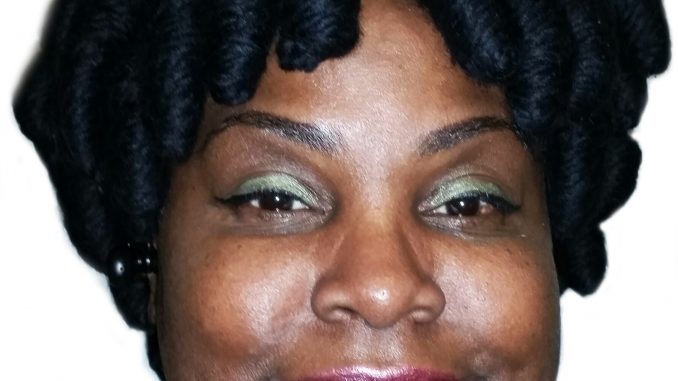
 Many recent incidents have made race arguably the most polarizing issue in America, and Starbucks, a somewhat surprising advocate, responded.
Many recent incidents have made race arguably the most polarizing issue in America, and Starbucks, a somewhat surprising advocate, responded.
According to US News & World Reports, race relations and opinions on potential solutions vary between whites and blacks. The study indicated that white people have a more optimistic view of race relations and generally don’t feel government intervention is needed, while black people who were surveyed have seen less progress in recent years.
The Huffington Post reported on an internal meeting with Starbucks employees held three months ago that stirred a powerful discussion on race and prompted the company’s CEO, Howard Schultz, to officially extend the invitation to join the conversation to customers across the country. On March 17, 2015, Starbucks launched a new campaign called “Race Together.” The campaign aimed to tackle the polarizing topic through a series of steps built to stimulate action and encourage customers to engage in conversations on race with Starbucks baristas via coffee cups labeled with the campaign.
In a company video, Schultz informs baristas, “If a customer asks you what this is, try to engage in a discussion that we have problems in this country in regards to race and racial inequality. … In view of how serious the problem is, we are asking ourselves what can we do to create the conversation in a voluntary way. This is not about our stock price. Companies have a deeper responsibility to the people they serve.”
The social media backlash from Starbucks’ Race Together campaign was rampant. Many felt that Starbucks is not the place to discuss race. Some complained that when they go to Starbucks, they go to get a cup of coffee, not to talk about race.
On the contrary, others like Jordan Diamond, a senior earth and space science major who frequents the TUCC Starbucks store saw the issue differently. He was initially confused about how the program would be implemented and was cautious about the best way to approach the issue.
“I saw that several people I know on Twitter and Facebook posted about positive experiences they had with [Race Together],” he said. “I feel as though attacking and addressing race issues in a way that is inviting, constructive and conducive to meaningful dialogue is the best way to approach it … on a national scale starting with a place like Starbucks may be the best way to do it rather than going through media outlets and avenues which are often perturbed by bias. Person to person dialogue would be the best way to address race issues.”
Will Nelson, manager of the TUCC Starbucks explained that the employees were given literature about how to start a conversation about race with customers.
“It was a source of comedy at first,” Nelson said. “People didn’t really take it seriously because folks were like, ‘I got five minutes to get to my train, I don’t have time to talk about anything, let alone race.’ I don’t think Starbucks is the right forum and everybody agreed that is was probably the wrong place to talk about race.”
Nelson said that people were perceptive of the company’s efforts, but trying to start a serious conversation when people were constantly on the go wasn’t the right platform. Starbucks would be better served if they had initiated the Race Together campaign not through the baristas but in a dedicated area of Starbucks and at a specific time. We need a dedicated space and time to discuss race.
Although Starbucks ditched its Race Together campaign only a week after its controversial start, in a public letter dated March 22, Schultz wrote, “This phase of the effort – writing “Race Together” (or placing stickers) on cups, which was always just the catalyst for a much broader and longer term conversation – will be completed as originally planned today, March 22 … But this initiative is far from over.”
He added that Starbucks will continue Race Together activities in the weeks and months to come, but in different ways – more open forums, three more special segments on USA TODAY, open dialogue with police and community leaders, a continued focus on jobs and education for our nation’s young people and a commitment to hire 10,000 opportunity youth over the next three years.
Starbucks clearly recognized that the cash register was not the best place to have a race relations conversation, but it is also clear that the corporation is determined to move forward with race relations dialogue in a variety of formats.
We should give credit where credit is due. Kudos to Schultz for having the guts to address what’s not just the elephant in the room, but the nation. We need more companies like Starbucks to step up to the race relations discourse and more citizens to encourage and engage in race related conversations. But once again the question becomes, “Where can Americans comfortably discuss race?”
I agree with Diamonds’ assertion that race should be discussed in an inviting and conducive environment. Each of us must ask the question, “What am I doing to advance the conversation about race in America?” It’s not a simple solution for a white person to be nicer to a black person, or vice-versa.
As a nation, we cannot be afraid to talk about race. To do this, we must remember, echo and implement the words of President Obama in his 2004 Democratic National Convention address, “There is not a Black America and a White America and Latino America and Asian America—there’s the United States of America.”
Sharron Scott can be reached at sharron.scott@temple.edu.


Be the first to comment